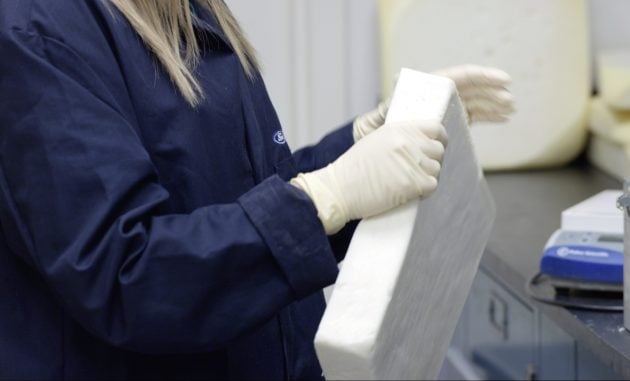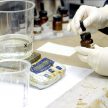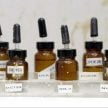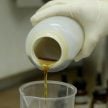Ford says it will be the first automaker to formulate and test new foam and plastic components that are developed from carbon dioxide. These are expected to be applied in Ford production vehicles within the next five years, the company says.
The foam is formulated with up to 50% CO2-based polyols and has been subjected to rigorous automotive test standards, producing favourable results. When ready, the foam could find use in seating and under-bonnet applications. Furthermore, it will reduce petroleum use by more than 600 million pounds annually.
Ford started working with a number of companies, suppliers and universities in 2013 to find applications for captured CO2. Novomer has been one of them. The New York-based company uses CO2 captured from manufacturing plants, and through a system of conversions, produces a polymer that can be formulated into recyclable foam, plastic and other materials.
The Blue Oval hopes that the company’s early adoption and application of captured carbon will help reach long-term goals to reduce global warming as set in the UN Paris Agreement.
Although innovative, this won’t be the first sustainable material that the automaker has applied to its products. In the past, soybeans have been used for seat foams, kenaf in door bolsters, recycled T-shirts and denim utilised for carpeting and recycled plastic bottles have been turned into seat fabric.
- While at Fortune Brainstorm E, Executive Chairman Bill Ford announced the company’s research into converting carbon dioxide into plastics and foams. Ford is the first automaker to develop foams and plastics using captured carbon dioxide for its vehicle lineup. Ford researchers estimate that CO2-based foams could go into production vehicles within five years. Photograph by Stuart Isett/Fortune Brainstorm E
Looking to sell your car? Sell it with Carro.























Nice move to offset motoring carbon quickly. The electric route takes time.
though question remains:
“What happens when the product reaches its end of lifecycle? How do we treat the product? Is it recycleable? Can it remain non-toxic?”